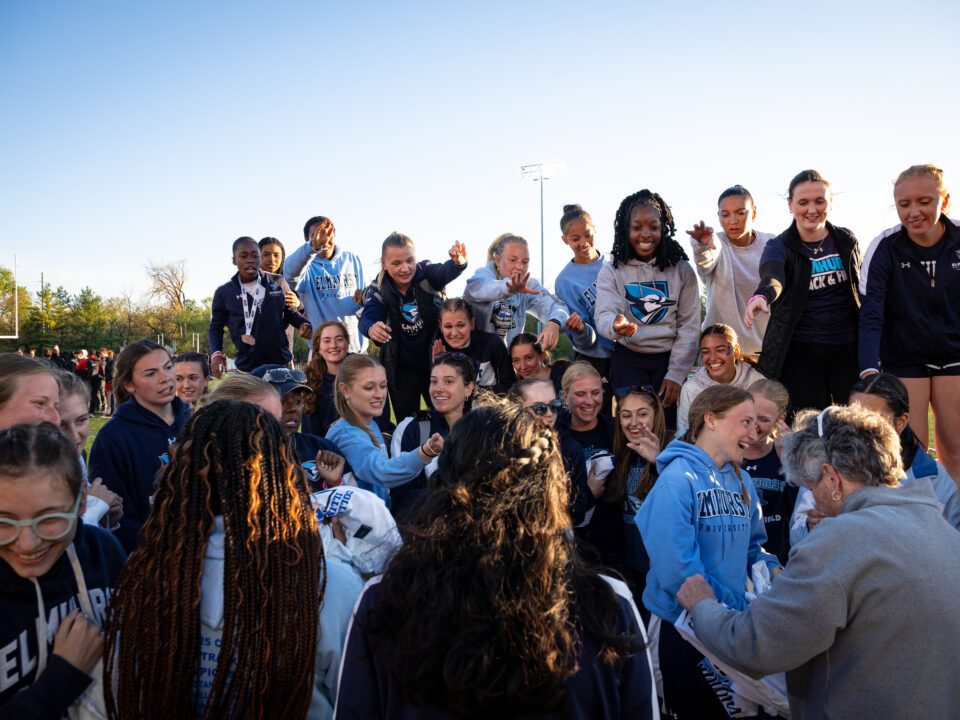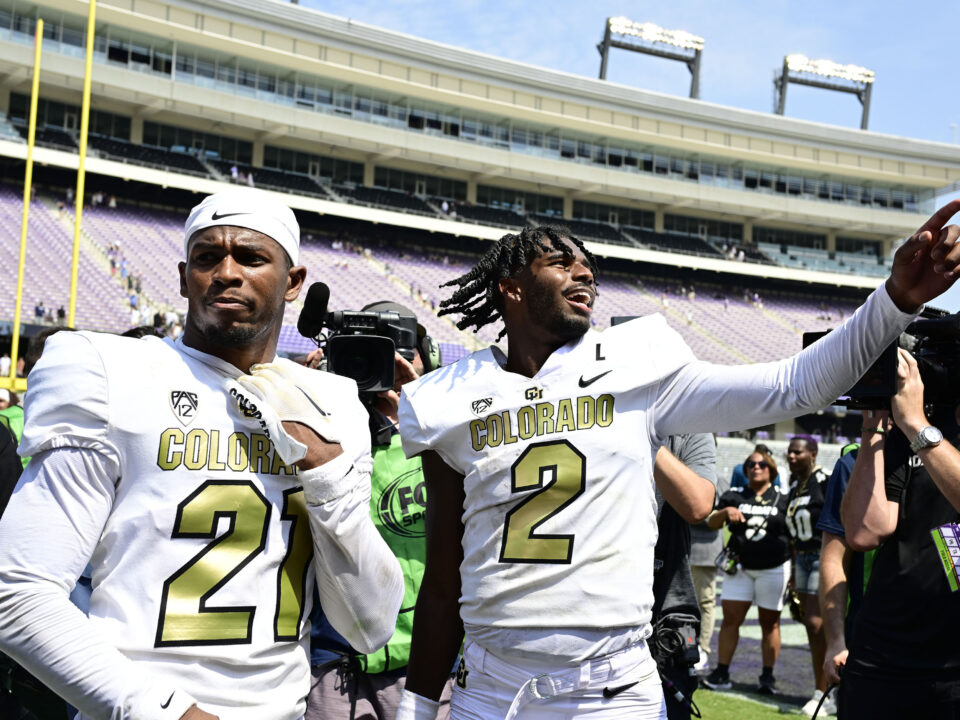Life inside a bubble: The Leader exclusive interview with Tampa Bay Lightning’s Rob Kennedy
During Thanksgiving break, I spoke to Rob Kennedy about his experience living in two bubbles during the 2020 Stanley Cup Playoffs. Kennedy is the assistant equipment manager for the Stanley Cup champion, Tampa Bay Lightning. We discussed everything from the marathon 5-overtime game against Columbus, to what kind of adjustments he had to make when transferring from Toronto to Edmonton. Kennedy has been an equipment manager professionally for over 20 years, and has worked for the Chicago Wolves, Florida Panthers, and Cleveland Barons, among other teams.
What was going through your mind during the 5OT game against Columbus?
Kennedy: Please score the next goal. When we played Columbus last year in the playoffs, by the time we realized this was a different series we were already down 3-0. The next game we both had a level playing field from experiencing the same thing, so it was not as bad.
How did the Victor Hedman ritual start?
Kennedy: We don’t really know; we try to look back on where it might’ve started but we’re not sure. We may have won the night before and just kept doing it. It’s been happening for four or five years now.
How did it change, preparing for games?
Kennedy: When we were in Toronto, we changed rooms at least 50 times. It was the beginning of the playoffs, so there were more teams. In Edmonton, you were in the same locker room for the duration of the round. Everything was the same in Edmonton.
Do you feel that this experience helped bring the team closer together?
Kennedy: No question. There was no team closer to each other than ours. I look at these guys like they’re my kids. Stamkos is closer to my son’s age than mine. In a normal season we might get close to how we were in the bubble, but this experience brought us so much closer to each other.
Do you think the bubble will return next season?
Kennedy: No. I don’t think the players would want to endure that again because of how confined teams were. Teams spent an extended amount of time without seeing their families. They want to play in their own arenas. There’s also a better handle on COVID-19 now so there wouldn’t really need to be a bubble.
If you could change anything about the bubble setups what would it be?
Kennedy: I would try to make it more even. In Toronto, I was able to go outside and sit out on a chair with a coffee and we were right off the water. In Edmonton, I only went outside a handful of times to go to the rink and get a coffee. When you were leaving in Edmonton, you needed to meet someone to go with you, where in Toronto our team was located in between the practice rink and the arena so we could walk over there on our own. I usually get to the rink early but in Edmonton you couldn’t.
Was the adjustment from Toronto to Edmonton difficult?
Kennedy: It was somewhat easier. It was a change of scenery. There weren’t many views like there were in Toronto. Because it was the final two rounds of the playoffs, players were able to focus more on their game. Some teams struggled. There was no chance the Islanders were beating us in the series against them. They had just played a game 7 against Philly and had to immediately move to Edmonton and be right back on the ice. Teams like Dallas already had eight or nine weeks of experience in the Edmonton bubble because they’re a Western Conference team.
Did it feel different without fans?
Kennedy: Yes, but once the games started you didn’t really notice it that much.
I know when I watched on TV it was weird in the final two minutes or so of the game it was weird not hearing the crowd roar and be on their feet.
Kennedy: Now that you mention it, it was a little different because typically teams like the Islanders and the Bruins have next level crowds. The crowd at Nassau Coliseum is one of the craziest in the league. When we were in game 6 of the cup finals, we would’ve been on the road, so it would’ve been different then too.


